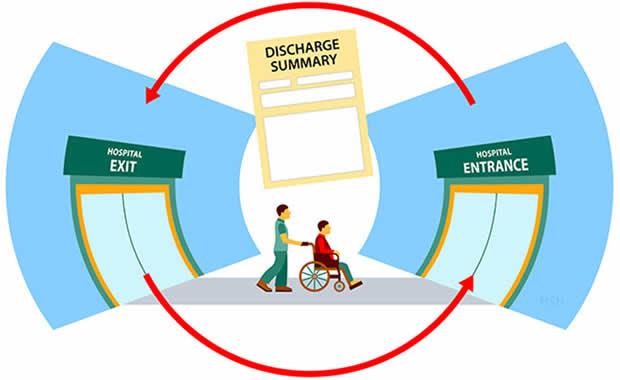
The principle treatment goals for patients with heart failure (HF) are preventing further progression of disease and making patients feel better. The focus is usually on readmissions and mortality because they are easy to measure, “but so is patient health status,” according to John Spertus MD, MPH, of the University of Missouri-Kansas City, who discussed patient reported outcomes (PROs) during a session titled, “Why We Need to Incorporate Patient Reported Outcomes in HF Guidelines” at the American College of Cardiology (ACC) Annual Scientific Session.
“I have been a strong proponent of PROs,” he added.
The Kansas City Cardiomyopathy Questionnaire (KCCQ) is a 12-item measure that assesses five domains: physical limitations, symptoms (frequency, severity, changes), social limitations, self-efficacy, and quality of life. It is qualified as an outcome by the U.S. Food and Drug Administration Center for Devices and Radiological Health. Dr. Spertus talked about the ACC/American Heart Association performance measures for cardiovascular care and how to create a performance measure. According to the 2015 paper published in Circulation, “the outcomes to be considered must be clinically relevant, including mortality, irreversible morbidity, and health status (symptoms, function, and quality of life),” advising clinicians to avoid surrogate outcomes.
“HF admissions are part of the process of care. They are a direct measure of costs, but they are not a clinically meaningful outcome to patients if you can capture their health status [and] survival,” added Dr. Spertus.
Performance measures must be evidence-based, interpretable, and actionable, according to the 2005 paper published in Circulation. He said PROs particularly contribute to interpretation and actionability. The CHAMP-HF study was a U.S. registry that included 5,000 patients with HF with reduced ejection fraction from 150 centers. In a 2018 study published in Circulation: Cardiovascular Quality and Outcomes, Khariton, et al., assessed a cohort of patients from CHAMP-HF. They calculated an adjusted median odds ratio (OR) to quantify the average difference in likelihood that a patient would have excellent health status or minimal symptoms when treated at one practice versus another.
The researchers found that there was enormous variation in the management of patients with HF in routine clinical care. The adjusted median OR for excellent health status was 1.70 (95% CI, 1.54 to 1.99; P<0.001), indicating a median 70% higher odds of a patient having good-to-excellent health status when treated at one practice versus another. The adjusted median OR for minimal symptoms was 1.54 (95% CI, 1.41 to 1.76; P=0.001), indicating a median 54% higher odds of having minimal symptoms when treated at one practice versus another.
The “gold standard” of assessing history of symptoms and impact are “going to start to be replaced by these measures,” Dr. Spertus said. “There is a call growing for the integration of PROs as quality metrics in assessing the quality of care.” Dr. Spertus also noted that the International Consortium for Health Outcomes Measurement now mandates within their assessment tools for HF the collection of PROs. “I think this is going to be a very important step forward,” he said.
Dr. Spertus concluded by noting that PROs meet all the requirements of a good performance measure.
“Focusing on PROs can motivate us to start to improve the way we treat our patients,” he said. “We all should be advocating for this as [a] performance measure.”







 © 2025 Mashup Media, LLC, a Formedics Property. All Rights Reserved.
© 2025 Mashup Media, LLC, a Formedics Property. All Rights Reserved.